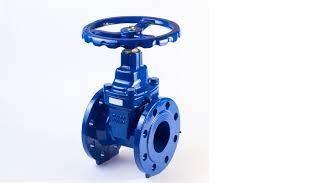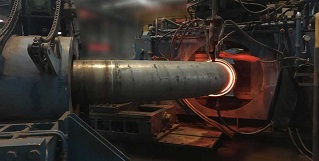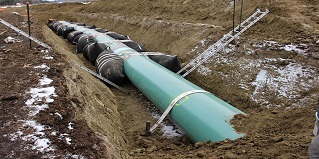If you are into piping, you can not ignore the term pipe weight. Whether you are into Layout, stress, material, construction, or elsewhere, you will be required to get the pipe weight.
Pipe weight directly depends upon pipe wall thickness & material of construction. The wall thickness and pipe material to be used depending on design parameters considered to design the piping system as per applications.
The thicker the wall the greater will be the pipe weight. The greater the weight the greater will be the rigidity and less flexibility. Hence, pipe weight calculation does not help only to determine the weight of the pipe but also assists in understanding the strength required to support the pipe properly.
A pipe with high pressure can burst if not made with the proper material and provided with proper support at the required location and span. Different material has different strength-to-weight ratio.
Don’t worry, it’s very easy to calculate.
In this article, we will learn pipe weight calculation for metallic and non-metallic both.
Table of Contents
Methods for Calculating Pipe Weight
I am going to elaborate two methods for calculating pipe weight:
- As per ASME B36.10
- General Method
Although, both methods will lead to the same output. But, the very 1st method is only limited to metallic piping and 2nd method is best suitable for metallic and non-metallic both.
Pipe Weight Calculation as per ASME B36.10/ASME B36.19
As per paragraph-5 of ASME B36.10/ASME B36.19, the below formula is given to calculate pipe weight.

Note: This formula is formed for plain end pipe. For bevel and thread end pipe the removed material from the pipe shall be minus for exact weight.
Where,
Wpe = Nominal plain end mass (kg/m)
D = Outside diameter of pipe (mm), available in ASME B36.10
t = Wall thickness of pipe (mm), available schedule-wise in ASME B36.10
Example-1
Let’s calculate the weight of an 8″ carbon steel pipe of Schedule STD
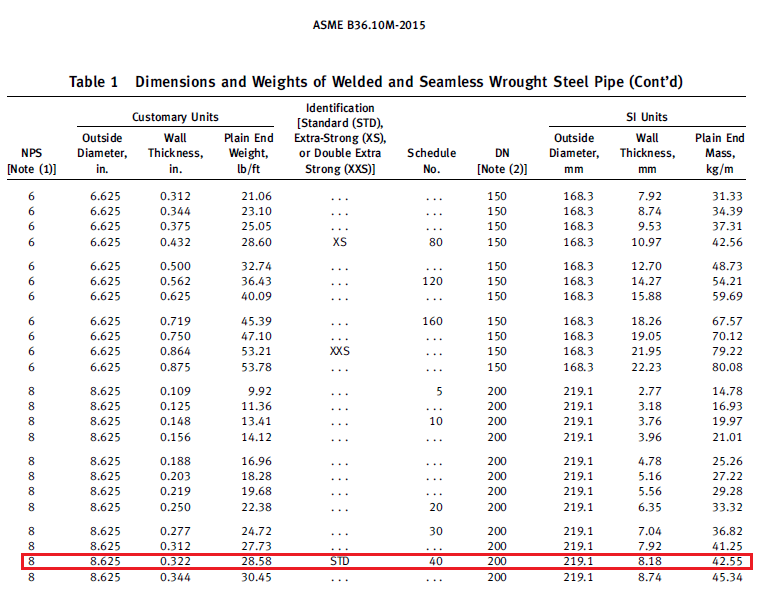
From above table we can get
D = 219.11mm
t = 8.18mm
Let’s put these values in formula
Wpe = 0.0246615 (D-t)t
= 0.0246615 (219.11 – 8.18) 8.18
Wpe= 42.55 kg/m
If you will see the above fig. 1, the calculated value and the value mentioned in the table are the same.
Wpe= 42.55 kg/m is for 1 meter of pipe, for any length of pipe, multiply this value by n number of length.
This method is applicable for welded and seamless wrought steel pipe (ASME B36.10) and Stainless Steel Pipe (ASME B36.19) both.
General Method for Pipe Weight Calculation
The general formula for calculating mass of any object is:
Mass = Volume x Density Eq. 1
For calculating pipe weight, we will use the same formula. Just, we need to know the density of a particular material and formula for pipe volume.
Formula for Pipe Volume
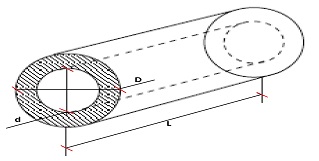

Where,
Pv = Pipe Volume (mm3)
D = Outside diameter of pipe (mm)
d = (D-2t), Inside diameter of pipe (mm)
t = pipe thickness (mm)
L = Pipe length (m)
Example-2
Let’s calculate the weight of an 8″ carbon steel pipe of Schedule STD (Taking the same size and schedule as used in example 1 to cross-check both methods’ correctness).
We have,
D = 219.1mm
t = 8.18mm
d = (219.1 – 2×8.18) = 202.74mm
L = 1000mm
Now, Put these values in eq. 2

Pv = 5420270.23mm3 =0.00542027 m3
We know density of carbon steel is 7850 kg/m3
Now, put the value in eq. 1
Mass = Volume x Density = 0.00542027 x 7850 = 42.55 kg/m
We can see here pipe weight calculated by both methods is the same.
Similarly, for non-metallic pipes, we just need to replace the density and we can get the weight for non-metallic pipes as well.
I hope this article was helpful for you. If, still you have any query, please let me know in the comment section.
Pipe weight Chart
You can download a beautifully crafted pipe size, thickness and weight chart by Dee Development Engineers Limited. It may help you into day to day activities. Click on the download button to get the excel file.
Also, I wanted you to know the list of some websites which may help you to grow as a piping professional.
You may also like to read
Case Study of Storage Tanks Layout or Tank Farm
Tank Farm Design Considerations and Layout
Pump Piping Design Considerations
Piping Joint Types and Their Application
Pump Cavitation: Causes, Effects, & Preventive Actions

